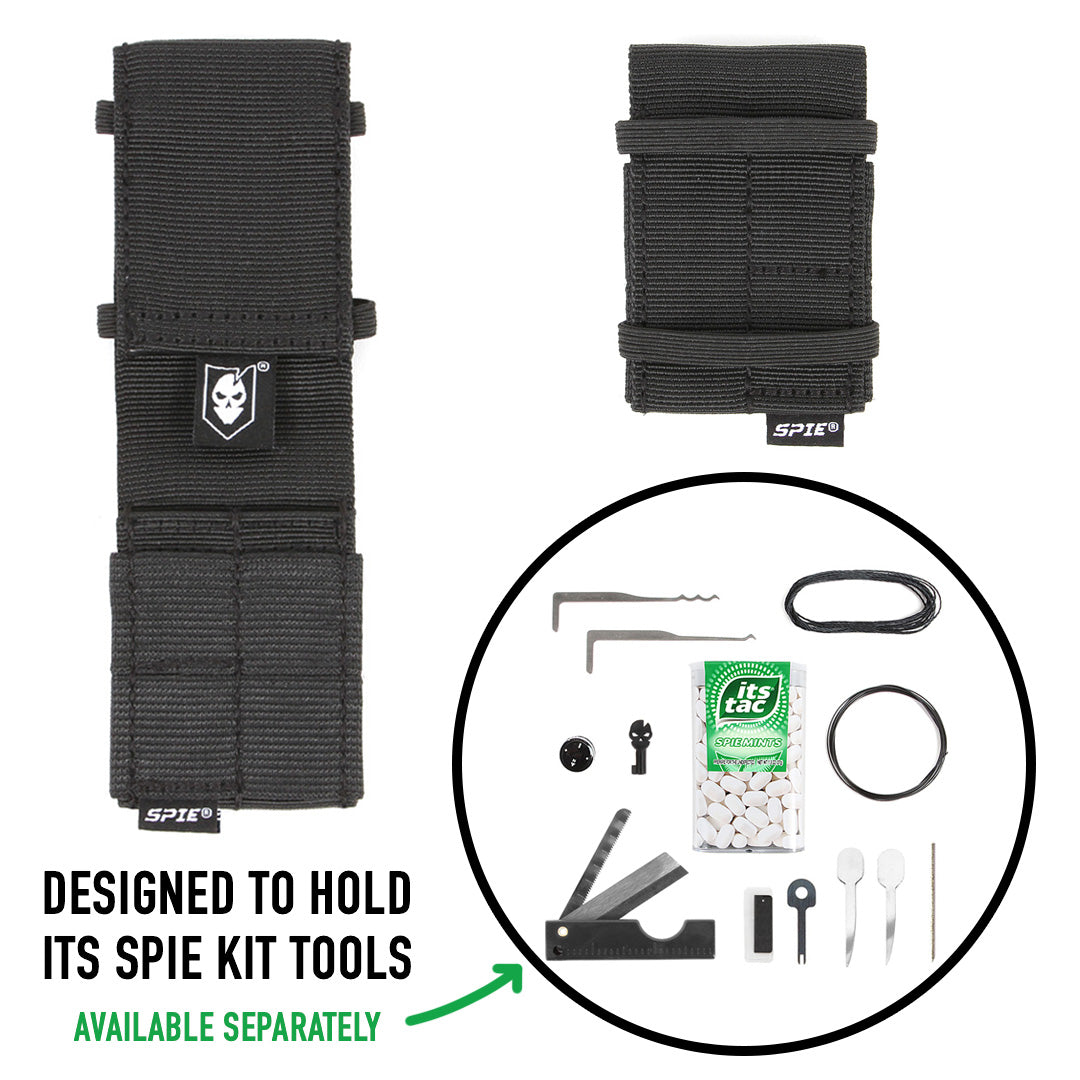Whether you consider yourself a novice or pro when it comes to lock picking, there's no denying that everyone needs to keep up their skill-set without damaging their in-use household locks.
Today we're going to show you how to build an inexpensive lock pick practice station for less than $50 that will rival stands, kits and sets that cost three times that.
With just a quick trip to your local hardware store, you'll be on your way to creating your own set to work with and ensure that the next time you're locked out of your house, you'll be able to get back in!
Comprehensive
The way we've designed this practice station, is to enable you to practice providing tension from both directions, i.e. clockwise and counter clockwise. As you might know from practicing yourself, it's nearly impossible to tell which direction the plug in a cylinder is going to turn simply by looking at the lock.
Other visual queues must be used in order to read the direction the plug is going to turn and from which direction you'll provide tension with your tension wrench.
This set will allow you to practice for what you may potentially encounter when LEGALLY picking locks and makes an excellent practice station for your Lock Picking Starter Pack. What it won't help you practice for are the dummies that install their locks upside down, which will eventually cause pin/spring problems. Make sure you don't make that mistake when building this setup.
Versatile

Not only will this practice station allow you to turn plugs in either direction, but the cylinders you'll have with your purchased deadbolt sets will allow you to re-key or remove pins.
The cylinders you see in the images are removable from the deadbolt housing and with a simple sliding/prying motion, you can remove the cover and access the pins.
Beware of cheaper deadbolt sets you'll see in your hardware store adventures, some lack the ability to access the pins and remove or re-key the lock.
Materials

The only real expenses for the set, provided you own tools, are the two deadbolt sets and wood. However, there are some specialized drill bits you'll need that you may have hiding out in your tool box.
Don't be afraid to open the deadbolt package up in the store to make sure it's the kind we're describing.
Here's what you'll need:
- (2) Deadbolt Sets (with removable cylinders)
- (2) 12" long x 9" wide x 1 1/2" deep (actual dimension) blocks of wood
- (3) 2 1/2" wood or exterior screws
- Small diameter drill bit long enough to reach all the way through the 1 1/2" deep block of wood (smaller in diameter than your screws)
- 2 1/8" Hole Saw
- 1" Wood Boring Bit
- Countersink (size of your screw heads)
- 1" Wood Chisel
- Hammer
- Phillips Head Screwdriver
- Ruler or Speed Square
- Pencil
- Optional: non-slip drawer liner material (to line the bottom of the stand)
Assembly
Essentially what you'll be creating is two door jambs, but first you have to build the stand. We were able to find a 48" x 9" wide x 1 1/2" deep piece of wood to make two stands for cheap. What's great about buying this at our local hardware store was that they cut it for us.
Make the Stand

Assembly is very straightforward after your wood is cut. Simply draw an outline of the upright 12" piece of wood on the base piece and mark the location for your pilot holes in the bottom side of the upright piece and the top side of the base piece. Our three holes were marked at 2", 4 1/2" and 7".
Now drill pilot holes (to keep the wood from splitting when you screw the two pieces together) with your small diameter drill bit all the way through the base piece, as well as up through the bottom side of the upright piece of wood. Flip your base piece over and using the pilot holes you drilled all the way through, countersink these to allow for clearance of the screw heads so they'll fit flush.
Keeping the base board flipped over, line up the upright piece underneath it and screw your three screws in. You might want someone to hold and provide pressure to the base piece to ensure it stays still and that you don't wind up with a gap where the two pieces meet.
Drilling Deadbolt Holes

As you'll read in the instructions for the deadbolts you'll buy, the 2 1/8" circle that needs to be cut is either 2 3/8" or 2 1/2" in from the outside edge. Our measurement was at 2 3/8". Remember that you'll be repeating the instructions for both sides. Our instructions even had a template you could use to mark the location of your holes.
On our 12" piece of wood, we measured 3" down from the top of the upright piece and drew a nice straight line all the way around the upright. This will help you out when you drill the 1" holes required for the actual deadbolt backset.
We're not going to get into how to drill these holes, as it's pretty simple. You need to (2) 2 1/8" holes and (2) 1" holes drilled deep enough in the sides to meet the larger 2 1/8" hole on each side.
After your holes are drilled, insert the deadbolt backset and trace around the face plate of the latch. This is now the area you're going to chisel out. This takes some patience and work, as you need to continuously check the fit to ensure the chiseled out area is deep enough. Be careful not to chisel out too much. You're not going for style points here, just make sure it fits flush.
You can also mark where the screw holes are in the faceplate and drill pilot holes for those, although it's not really necessary.
Hardware Assembly

At this point you can spray paint your stand if you'd like to, we just used flat black spray paint. This is just cosmetic though, but you're also welcome to throw an ITS Sticker on there too! (Free with any order in the ITS Store.)
Following the assembly directions on your deadbolts is the best course of action here. All you're essentially doing though is inserting the backset, screwing down the faceplate, placing the deadbolt cylinder set in the hole (make sure your cylinder is facing the right direction!), placing the turn piece on the back and screwing it all together with the long screws that are included.
What you have now is an awesome place to practice your lock picking that allows you quick access to change out pins or even replace the deadbolts completely if you wear them out.
Not the DIY Type?

Just in case you aren't the DIY type (or you don't want to pay the current inflated lumber costs) we do produce our own Universal Lock Pick Practice Station. It's a bit smaller and mounts to virtually any desk or table, enabling you to practice almost anywhere!


